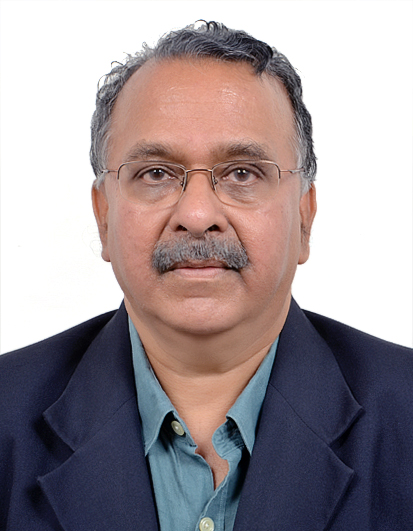About Prof. B. P. Das:
Prof. Bhanu Pratap Das, fondly called Bhanu by his colleagues, is a very well-known name in the atomic and molecular physics community. He is most notably recognized in the international stage for his enormous contributions in exploring fundamental physics using high-accuracy relativistic many-body theories of atoms and molecules, besides making a mark in other areas of physics such as ultra-cold atoms in optical lattices. His recent research interests have extended to the now-trending and the very promising domain of quantum chemistry using quantum computers.
He graduated with a Bachelor of Science (Honours) degree from Indian Institute of Technology, Kharagpur, in 1974. He then pursued his Masters and also completed his PhD from State University of New York, Albany, in 1981, under the supervision of Prof. T. P. Das. His work on parity non-conservation in the Thallium atom using relativistic many-body perturbation theory was among the earliest and most recognized in the field.
After brief stints as a Lecturer at University of California, Riverside, and a Research Associate at Max Plank Institute of Quantum Optics, Munich, and University of Notre Dame, Indiana, he worked as an Assistant Professor at Colorado State University and Utah state University. He not only shone as a young researcher but also as a teacher-par-excellence during his tenure in these reputed institutions. In this period, he explored the landscape of many-body theories such as multi configuration Dirac-Fock and the Configuration Interaction approaches, and published several interesting results. It was also during this phase that he first stepped into a field that he is now very well known for, namely rigorous calculations pertaining to the searches for the parity and time reversal violating electric dipole moments of fundamental particles. It is no surprise that he also began acclaimed work on atomic and single ion clocks during this phase.
He was a Lecturer at Oxford University, before moving to India, in 1991. After spending a brief period at the Indian Institute of Technology, Bombay, he moved to Indian Institute of Astrophysics, where from 1993 to 2015, he supervised ten PhD students besides post doctoral fellows and several visiting students. In collaboration with Prof. Debashis Mukherjee and several other eminent scientists, he began his well-recognized work on the relativistic coupled-cluster theory and its very difficult and highly sophisticated variants, and its applications to a staggering range of physical phenomena. These include nuclear anapole moments, electric dipole moments of electron and quarks, scalar-pseudoscalar interactions, nuclear spin-dependent parity non-conservation effects, atomic astrophysics, and hyperfine interactions. He also made significant contributions to the field of quantum phase transitions with ultracold atoms in optical lattices and superlattices. He is an elected Fellow of the American Physical Society, with the citation reading: “For his seminal contributions to the theory of parity and time reversal violations in atoms in the context of probing the Standard Model of particle physics, and for his leadership in promoting international collaboration in frontier areas of atomic, molecular and optical physics.”
He is now a Professor at the Tokyo Institute of Technology, Tokyo, and is the Director Designate for an upcoming centre on quantum science and technologies in a recently-founded research institute at Kolkata, TCG-CREST. He is now paving new paths in the field of quantum computing applied to quantum chemistry.
He continues to inspire and motivate us all with his incredible dedication to physics, and we wish him, on behalf of the Das family, best in his current and future endeavors.
